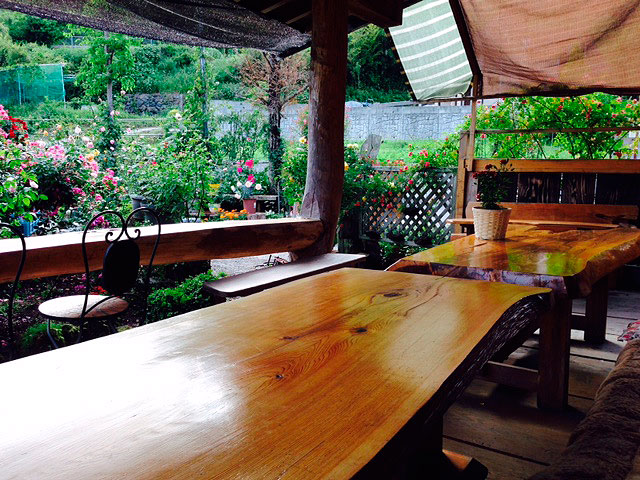
Home-roasted and sold JAS-certified beans from all over the world as well as limited-sale seasonal beans. The proud original blend (Emotion) features a soft scent. Roses in the garden are seen from late April to mid-May. Flowering time varies from year to year, so it is recommended to check by phone in advance. In addition to coffee and cakes, you can also eat daily lunch from 11:00 to 14:30.

Shop centered on pasta and PIZZA, which focuses on Italian and local ingredients. The restaurant's recommendation of "I want to make a delicious dish that will be pleased with" is pasta with dry tomato sauce and PIZZA with homemade dough and sauce. Vegetables and other items are made in their own vegetable garden, or they are made by contract with producers. Only coffee and tea can be used. Daily pasta made with seasonal ingredients is also recommended.
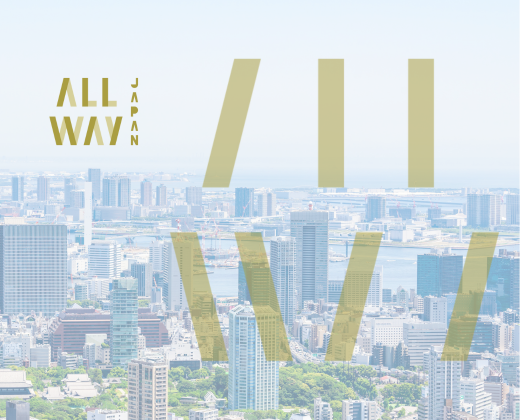
Mr. Kono, an owner-chef who has a history of serving as a chef at the Embassy of Japan in the Netherlands and Germany, including three-star restaurants in France and the United Kingdom. He wants people to know more about the charms of the ingredients of his hometown, Saeki, and created a beautiful French by using a large number of vegetables and fruits made by a farmer and a tripod. Full course 6000 yen (including tax) ~.

If you eat it at Kaisin-tei, where the seafood is reputed, it is a rice bowl (1500 yen) that is fresh from the previous sea and has a good taste of fresh fish and specialty sauce.

The popular menu, Dokuwadon (Kaishidon), is a 5-minute walk away, using fresh fish that has just been fried in Kuzucho. The contents vary depending on the season, but include eight kinds of seafood such as horse mackerel, shrimp, kampachi, and sea urchin.

At the eat-in corner of the goods house, which is centered on Saeki's seafood, you can eat 500 yen of udon noodles using sesame dashi to be sold at the goods house. On the 10th, 20th and 30th of every month, sesame dashi udon is 350 yen.
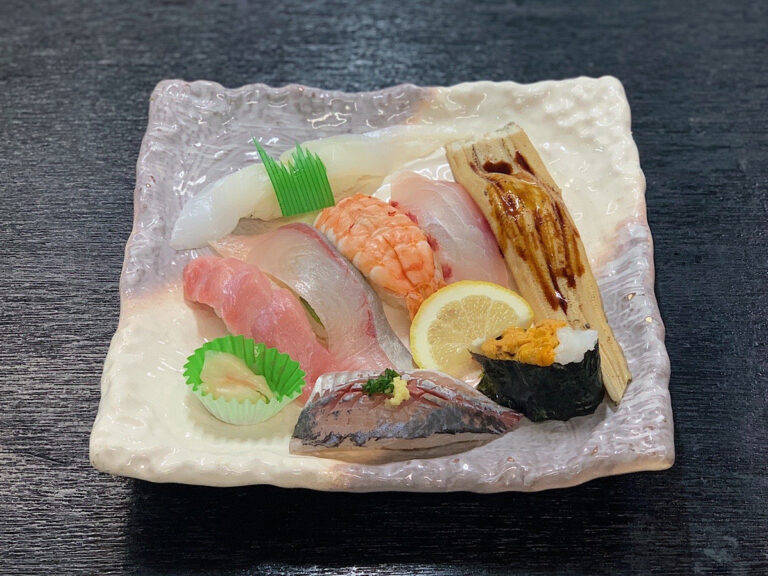
Jinshiki, known as a giant neta-no-hashi-no-bashi shop, is among Saeki, where many sushi restaurants are linked to the house, so called "the best sushi town in the world". One can is the size of normal 3 to 4 can, and the shari is slightly larger. Anyway, it is full volume, but if it is too large and difficult to eat, it will be cut to one size. Also, the trendy egg, which is a specialty made using 12 to 13 eggs, has a palm size of 390g just for the story. They focus not only on the size but also on the material, and use mainly natural fish and shellfish caught by the Bungo Channel, except for the tuna.

A coffee shop using an inn from the Meiji period. The popularity is Shiratama Cream Zenzai 600 yen. Inside the store, there is a display of a letter written by Akiko Yosano and Mr. and Mrs. Tetsukoku, who had an exchange with their predecessor Ryotaro Hirayama, as well as a letter from Takuboku Ishikawa to our family. It is interesting to see glimpses of the writer's true face.
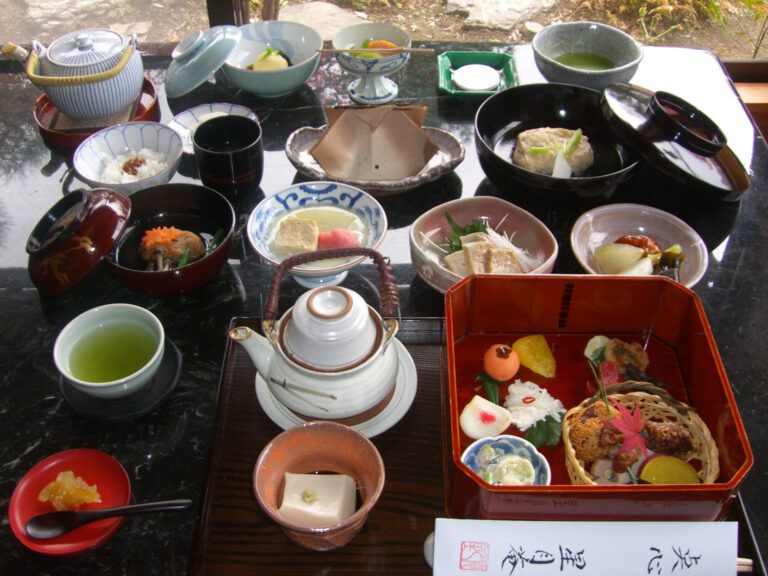
The restaurant, which serves Zenji cuisine (Seijin cuisine), is served by a Japanese restaurant from the Meisei Zenji Temple. Many of the vegetables used are self-grown, and the cooking utensils are also cooked in old-fashioned. You can enjoy the 800-year-old Zenji cuisine for 2200 yen in Shokado, 4500 yen in Hozuki, 6000 yen in Yuzen, and 12000 yen in special Honzen.
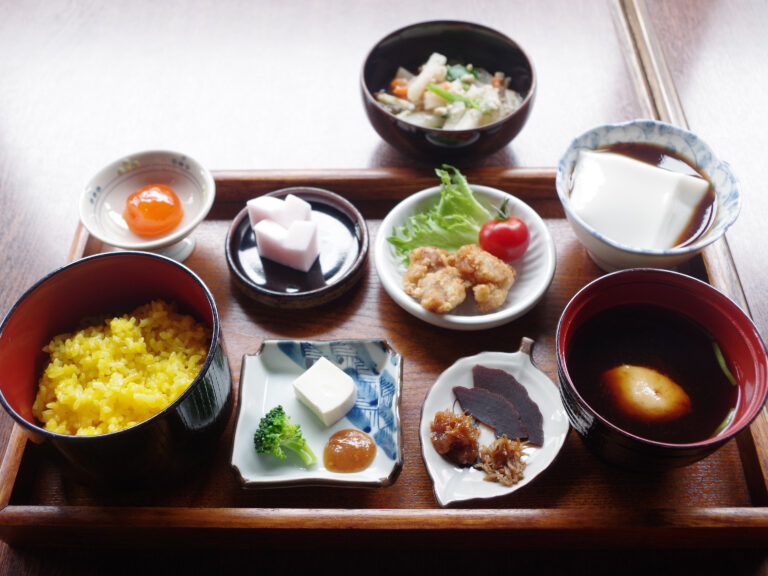
A restaurant run by the brewer of miso and soy sauce (Hundokin soy sauce), which has been running since the Edo period. Popular is the miso soup gozen 700 yen ~, which is a super long-aged wheat paste in a wooden barrel, miso soup made with old rice and a local dish of yellow rice. Miso soft 350 yen using miso is also sold. In addition, the miso soup gozen (Hanano 1500 yen) is required. Contact us in advance because you may not be ready depending on the day.








